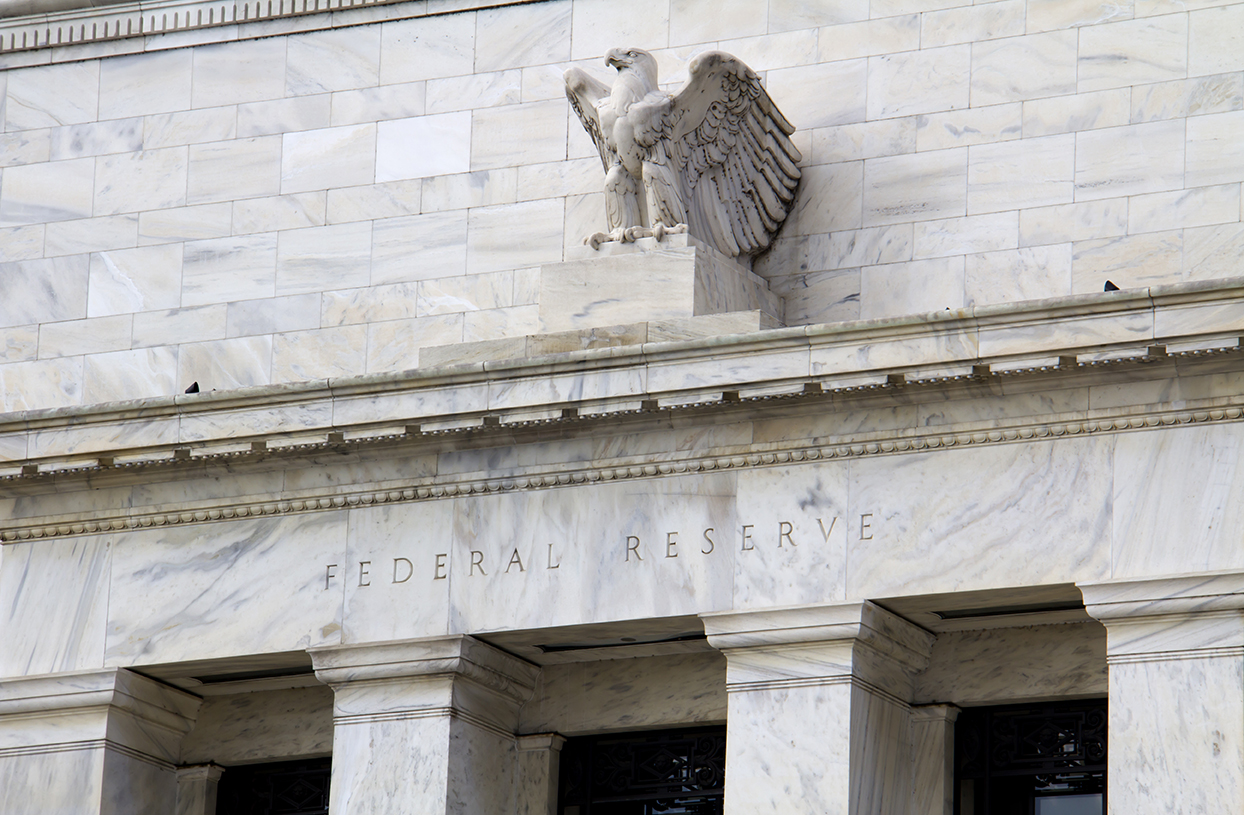Gone are the days when monetary policy meetings went under the radar, paid attention to by the investing community and few others. In a whirlwind reversal, the expedient and aggressive monetary tightening by the Federal Reserve has turned it into a front-page issue. Everyone from economics wonks to portfolios managers, from academics to normal people, are closely watching for hints as to what is to come for the economy, interest rates, inflation and more.
Yet what seems underappreciated and far less covered is the extent to which central bank tightening is a worldwide, global issue. This US-centric view is both understandable from a human nature perspective, and it also runs counter to the experience of the previous tightening cycle from 2015-2018, a time when tightening monetary policy was largely isolated to the US Either way, the US economy does not exist in a vacuum, and the synchronized monetary policy decisions of international central banks today may have very significant implications for bond markets, both here and abroad.
The current global tightening cycle started much sooner than when the Federal Reserve began tapering asset purchases at the end of last year. Emerging market central banks have already been tightening for more than a year, as many emerging market economies are highly sensitive to inflationary fears. Moreover, the Peoples Bank of China was one of the first central banks to explicitly tighten monetary policy toward a more restrictive setting. Policy tightening has caused domestic growth in China to decelerate, putting significant downward pressure on their property sector. In a bid to keep their currencies from significantly depreciating, the Central Bank of Brazil and the Bank of Mexico preemptively raised their policy rates in mid-2021, and they have continued to tighten policy through the first half of 2022.
In the developed world, central banks began unwinding their asset purchases in the second half of 2021 as inflation became more widespread. The Reserve Bank of Australia (RBA) lifted their yield curve control that had targeted 3-year sovereign yields at the policy rate of 0.10%, setting off a historic selloff in front-end rates across the globe; the RBA has since gone on to hike their policy rate from the zero-lower bound to 1.35% so far this year. On the other side of the hemisphere, the Bank of Canada has been hiking harmoniously with the Federal Reserve. In what may be a precursor to the Fed’s move at the end of July, the Bank of Canada is the first major developed market central bank to hike 100 bps this cycle, up to 2.5%. On the other side of the Atlantic, the first central bank to hike their policy rate this cycle was the Bank of England, increasing their policy rate off the zero-lower bound in December of 2021 and subsequently hiking by a total of 100bps at their next four meetings.
Two central banks that remain on the hiking sidelines so far are the European Central Bank (ECB) and the Bank of Japan (BOJ). The ECB is further ahead of the BOJ as they ceased their asset purchasing plan at the end of June and have front run a total of 75bps of hikes during their next two meetings. The move would get the ECB’s policy rate out of negative territory for the first time since 2014. While it seems sensible to hike as inflation remains well above their target, the energy crisis stemming from the war in Ukraine makes it appear as if the ECB will be hiking into a recession. Lastly, the Bank of Japan remains on a literal and metaphorical island in implementing their monetary policy. BOJ Governor Haruhiko Kuroda has remained steadfast in keeping their yield curve control policy intact despite higher prices and an extremely weak Yen. The BOJ is committing to capping the yield on the 10-year Japanese Government Bond at 0.25%; effectively bucking the trend of tightening monetary policy.
So, for US investors, why does this matter? For one, synchronization. While the Federal Reserve is viewed as the ‘global central bank’, this tightening cycle goes beyond US-centric policy tightening and is happening all across the globe. Last cycle, the isolated nature of US tightening, or said another way, US tightening against a backdrop of easy policy globally during the last bear market bond selloff in 2016-18, acted as an anchor that kept US yields from rising materially. This anchor now appears to be untethered, creating a much larger and volatile market than we experienced five years ago. Global tightening has pushed spreads across credit markets wider, spurred lending conditions to become more restrictive, and has led the dollar to be at a multi-decade high, foreshadowing a worse growth rate moving forward. We remain cautious on global growth and see volatility staying in markets through the second half of 2022. We believe a flexible approach, with appreciation for global cross currents, is essential in today’s fixed income markets.
Our research team continues to monitor these topics and more. If you’re interested in hearing more of our monitoring points and views on an array of investing themes, then subscribe to our insights.



